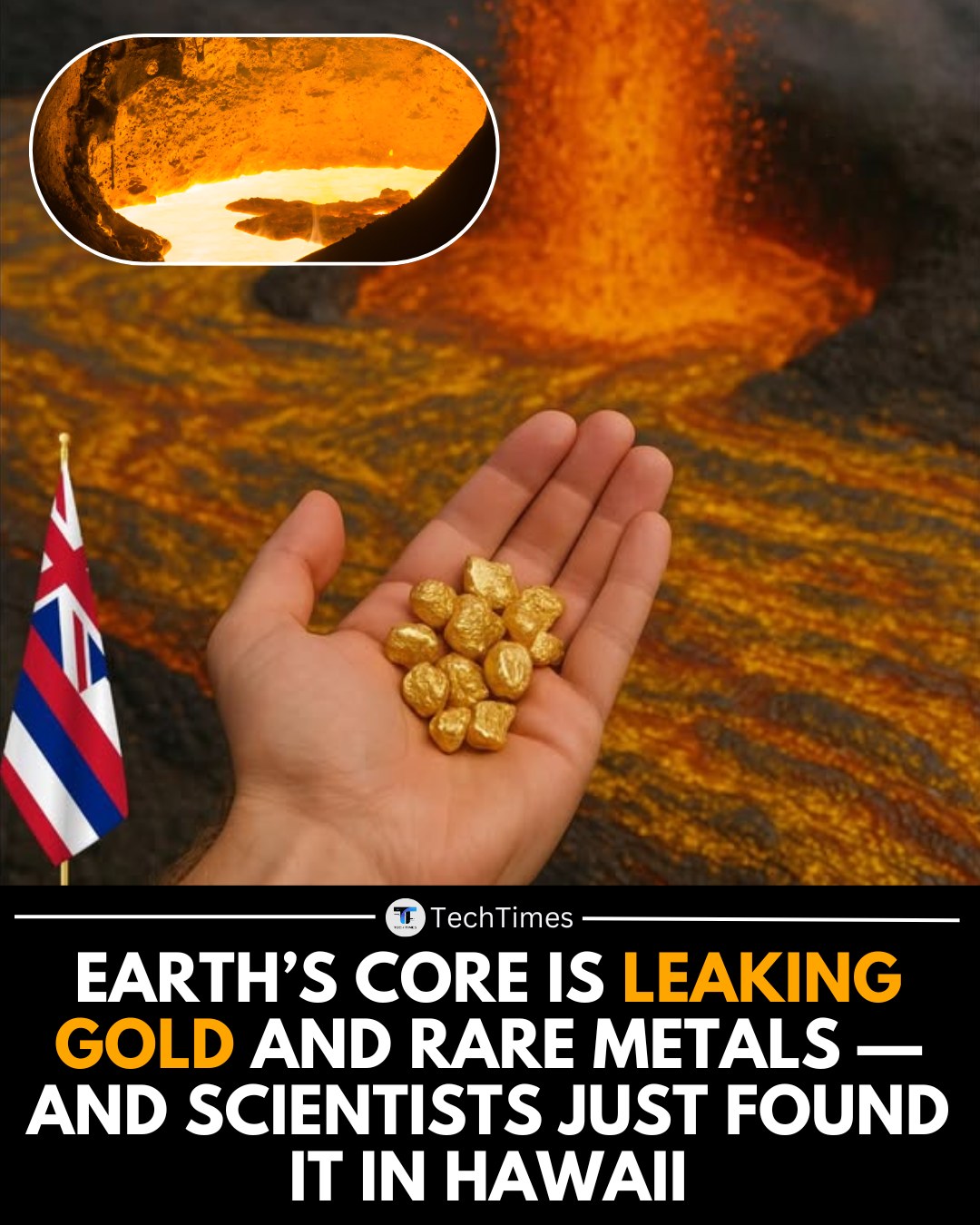Something incredible is happening beneath Africa—the continent is literally tearing apart. The East African Rift, stretching through Ethiopia, Kenya, and Tanzania, is slowly creating what could become a brand-new ocean.
Geologists say tectonic plates are pulling apart at 7 mm per year, causing visible cracks and seismic shifts. Over millions of years, this rift could reshape global maps, forming an ocean basin that rivals the Red Sea—changing trade routes, ecosystems, and Africa’s future forever.
Earth’s next ocean is already forming — and it’s happening right now.
#AfricaSplitting #TectonicShift #NewOceanForming #EastAfricanRift #GeologyNews #EarthInMotion #FutureGeography #MechanicTimes
Geologists say tectonic plates are pulling apart at 7 mm per year, causing visible cracks and seismic shifts. Over millions of years, this rift could reshape global maps, forming an ocean basin that rivals the Red Sea—changing trade routes, ecosystems, and Africa’s future forever.
Earth’s next ocean is already forming — and it’s happening right now.
#AfricaSplitting #TectonicShift #NewOceanForming #EastAfricanRift #GeologyNews #EarthInMotion #FutureGeography #MechanicTimes
Something incredible is happening beneath Africa—the continent is literally tearing apart. The East African Rift, stretching through Ethiopia, Kenya, and Tanzania, is slowly creating what could become a brand-new ocean.
Geologists say tectonic plates are pulling apart at 7 mm per year, causing visible cracks and seismic shifts. Over millions of years, this rift could reshape global maps, forming an ocean basin that rivals the Red Sea—changing trade routes, ecosystems, and Africa’s future forever.
Earth’s next ocean is already forming — and it’s happening right now.
#AfricaSplitting #TectonicShift #NewOceanForming #EastAfricanRift #GeologyNews #EarthInMotion #FutureGeography #MechanicTimes







